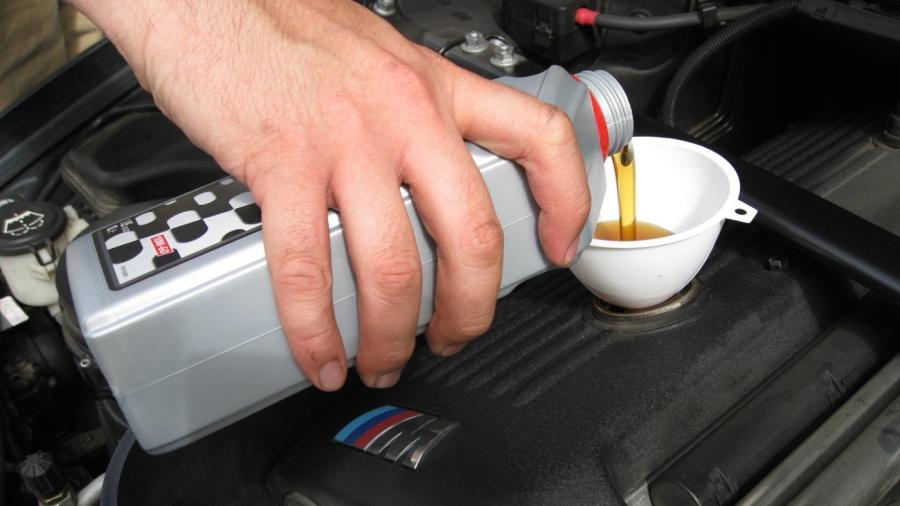What Happens During an Oil Change?

During an oil change, used oil is drained, the oil filter is replaced and fresh oil is added to the engine, according to Car Talk. The oil is removed by unscrewing the plug from the oil pan using a box-end wrench, states The Family Handyman, and drained into a pan.
While the old oil is draining, the used oil filter is removed with a filter wrench and a new one is screwed into place and tightened by hand, according to The Family Handyman. Once the draining oil slows to a trickle, the plug, with a new gasket if necessary, is screwed back in with the box-end wrench. The appropriate type of oil for the car is then added to the top of the engine by removing the oil filler cap and inserting a funnel. The cap is replaced and the car is started and runs until the oil light goes off, if it was on, and then allowed to rest for a few minutes before the oil level is checked and topped off if necessary, states The Family Handyman.
Changing the oil at regular intervals increases the lifespan of an engine, according to Car Talk, because the old oil breaks down after repeated exposure to high temperatures, becoming a less effective lubricant, and because it can only absorb so much water, dust and by-products of combustion before allowing these contaminants to build up in the engine, where they cause corrosion.





